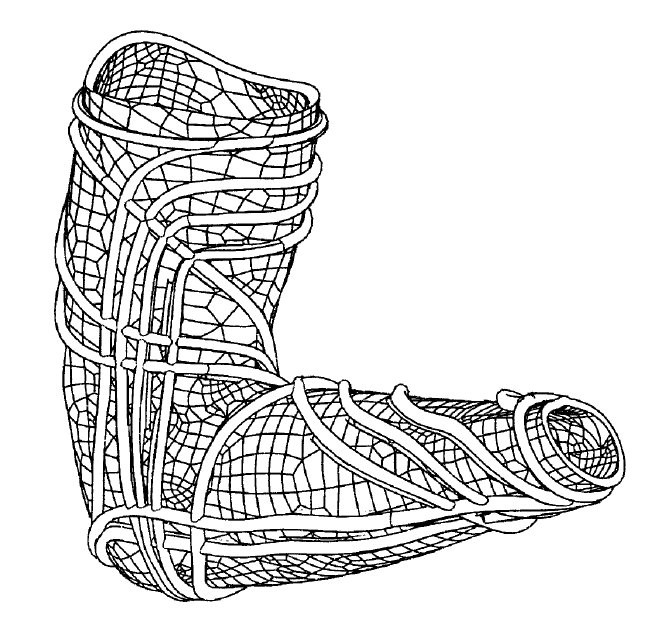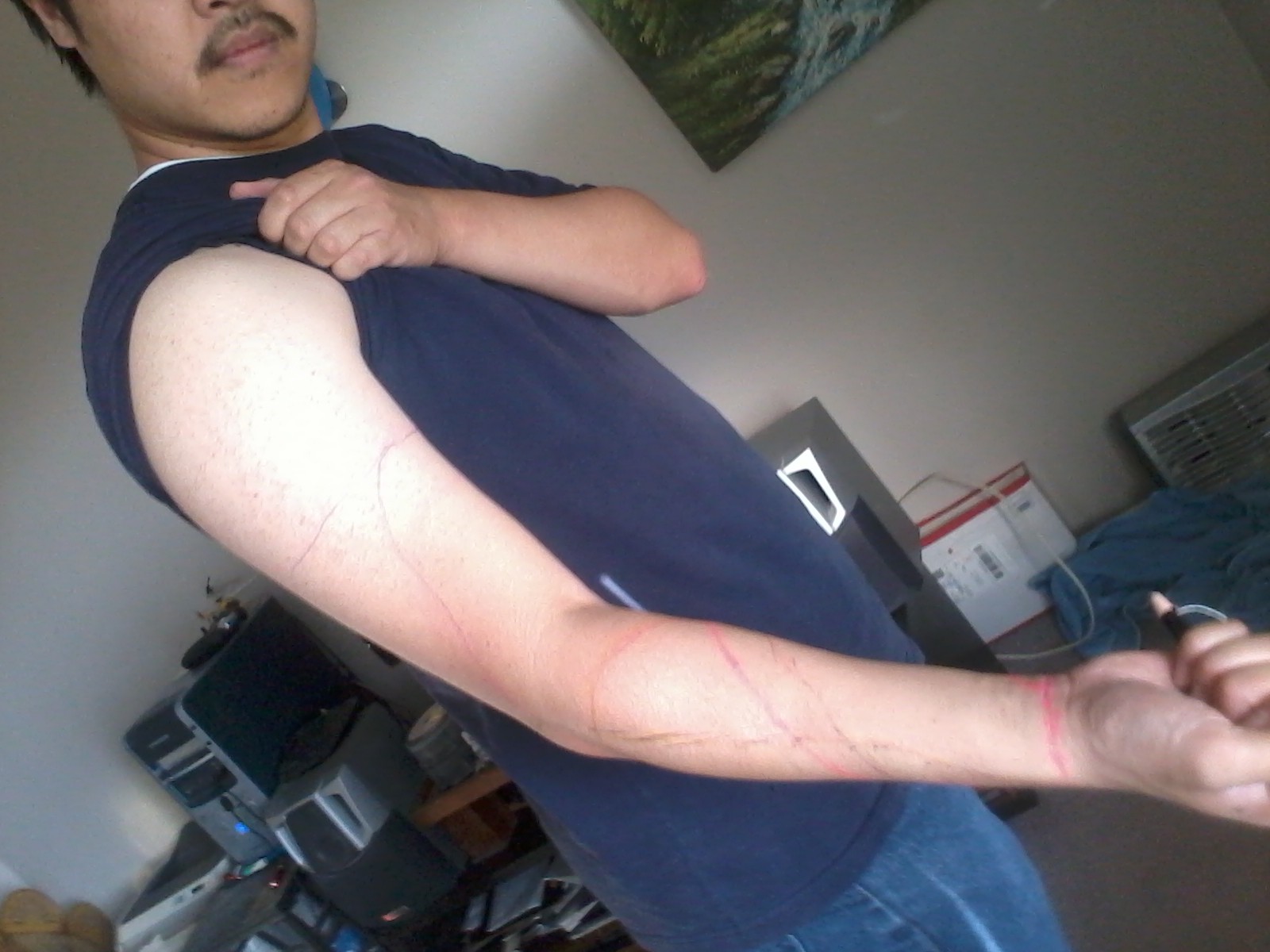-
SilSuit Generation 2 Development Complete!
12/31/2014 at 10:43 • 0 commentsWe recently completed the development of Generation 2 of SilSuit. Thanks to Issyroo Farms (issyroo.org), our development partner, we have succeeded. At this time, here is what we can publish about our development: http://issyroo.org/SilsuitG2TechECSafe.pdf
-
Project Is Now Partially Open
07/18/2014 at 21:11 • 2 commentsAlright guys, my team and I did research on open-source and export control regulations. Unfortunately, we have to make this project partially open instead of fully open-source due to US Export Control Laws* as they apply to space suit technology. However, the project's development still continues. We'll continue to post the updates that we can. Thanks for following this project and to you all for your support.
*All the notes on US Export Control Laws:
US Export Control Law covers certain technologies under ITAR (International Traffic in Arms Regulations, wiki: http://en.wikipedia.org/wiki/International_Traffic_in_Arms_Regulations, web: https://www.pmddtc.state.gov/regulations_laws/itar.html). The exact statement on this is listed in ITAR Part 121, Category X - Protective Personnel Equipment And Shelters, (4) Pressure suits capable of operating at altitudes above 55,000 feet sea level (ref). Our space suit is designed to operate in the vacuum of space and therefore falls under this regime. We researched if we could continue under the Fundamental Research Exception for ITAR (link: https://research.missouri.edu/compliance/export_controls/exclusions). It will permit the publication of information (but not materials or technology) resulting from that research to foreign nationals and that such publications are not subject to export control restrictions.
This concludes that we can only allow a partial disclosure of information on this project. -
Conceptual Design: Follow The Lines of Non-Extension
05/31/2014 at 14:30 • 1 commentWe now have a design concept and are now working on its refinement by developing a mechanical pressure layer that consists of an active pressure layer restrained by a passive pressure layer. This follows off the results of MIT's BioSuit development.
The active pressure layer will consist of fluid-inflated foam cells with pressures controlled individually or by the network of the cells' pressure sensors. The cells themselves will be arrayed in a pattern that follows the Lines Of Non-Extension (LONEs) to allow flexibility of movement. MIT's BioSuit had success with using open-cell foam-filled pressure cells, hence we are following their design.
The main concept of the system is the use of an intelligent network with a microcontroller to handle action / reaction as well as the use of MEMS micro valve arrays housed in the cloth for actuation of the cells using pneumatics. A video explains the valves.
The passive pressure layer will be composed layers of 2-way and 4-way stretch fabrics accordingly biased to the LONEs to allow for movement and rigidity as needed. Following off our current research into LONEs, we managed to start a map of LONEs on a subject's arm using a diagram of LONE's from a research paper.
Diagram of Lines of Non-Extension (LONE) by Briner, 2011 for the development of an elastic-powered climbing exoskeleton.
Ethan Chew with the start of a Lines of Non-Extension (LONEs) map drawn on his arm.
From that map, we will have a guide to lay out, cut and stitch together fabric to make a quick test sleeve that can be worn on the subject to test basic mobility.
Space Suit - SilSuit Project
A design for a mechanical counterpressure space suit prototype. Open within the limits of US Export Control Law.
 spacefelix
spacefelix
